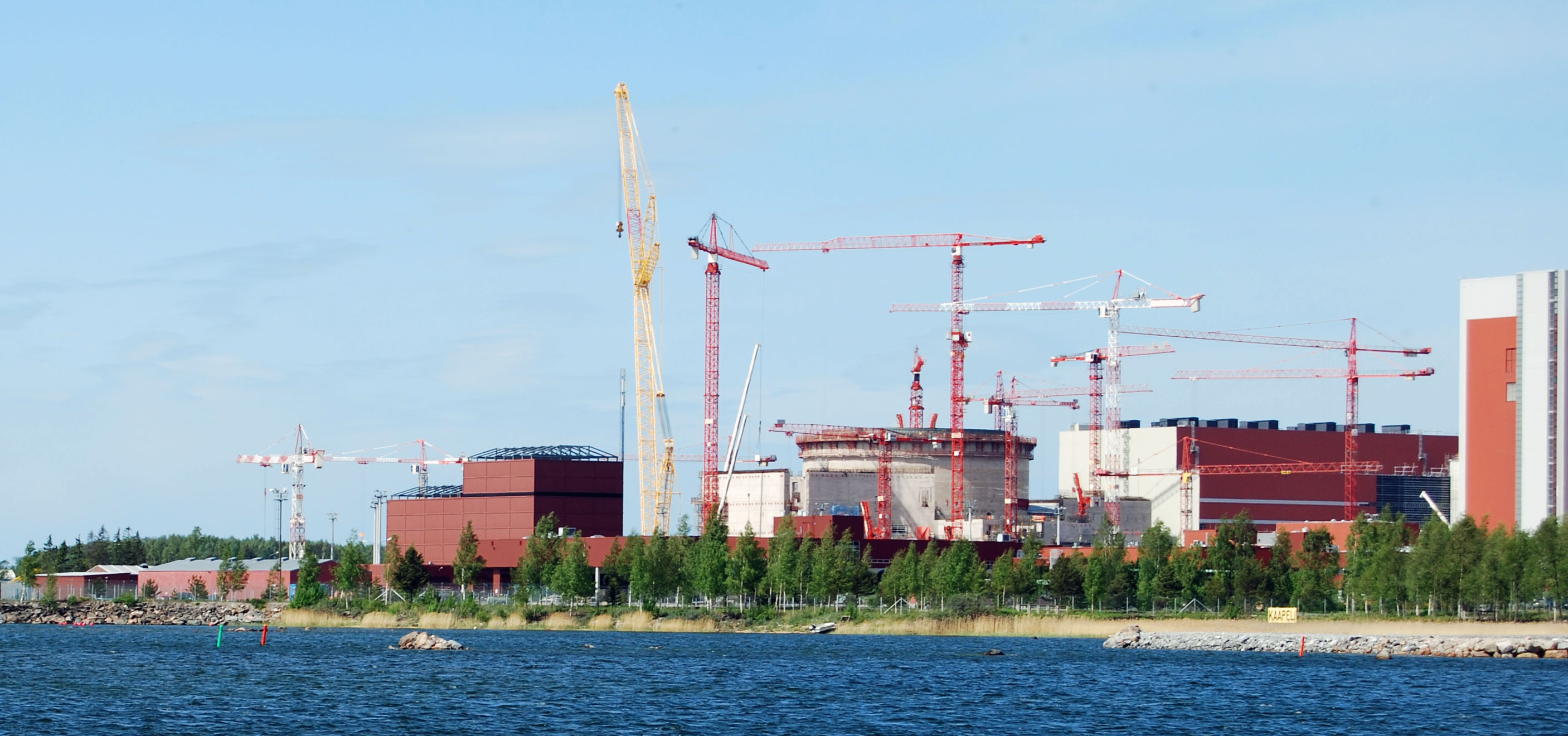Nuclear Power
An investigation by the Mainichi newspaper found that a Japanese government team withheld high radiation data monitored at three sites near the damaged Fukushima reactors. The team also seems to want to change its assumptions about radiation exposure–a move that would lower projected doses. For example, their original assumption was that farmers in the area would be outside for eight hours per day and inside for 16 hours. But the proposed new assumptions would put farmers outside for only six hours per day–theoretically anyway lowering their projected doses. Of course, that would do little for actual farmers who might work 10 or 12 hours/day outdoors. But that’s typical of the radiation community: if you don’t like the doses, change the assumptions to lower them. Separately, the Japan Times reports that the internal radiation exposure of 142 Fukushima cleanup workers was higher–in some cases far higher–than Tokyo Electric Power (Tepco) originally reported. In one case, a worker who reportedly had received 90 millisieverts of radiation actually had received 180 millisieverts–a huge dose. Somehow, we think the offer of free cancer screening for life for him and other highly-exposed workers is little comfort. Tepco said the lower doses reported were because the utility did not have enough whole body radiation counters to determine internal exposure in the early days following the accident.

Europe’s experience with Areva’s EPR reactors casts a shadow over EDF’s proposed Hinkley Point nuclear project in the UK. Even if the European Commission approves the enormous subsidies UK’s government wants to provide for the project–no sure deal at all–the huge cost overruns and construction delays at Areva’s two EDF reactors in Finland and France should provide ample warning that Hinkley Point is a bad idea waiting to become worse.
Belgium shuts down Doel-3 and Tihange-2 reactors after “unexpected test results” of their reactor pressure vessels that may indicate they have experienced accelerated irradiation. Both reactors were shut down in 2012 for a similar problem, but allowed to restart in June 2013. Belgium currently has seven operating reactors at the two sites but has pledged to close all of them permanently by 2025.
Does this sound familiar? Eleven workers at the Hanford nuclear site were injured over the past six days in several incidents by so-far-unexplained chemical releases at the facility and portions of the site were evacuated. The exposures were as far as 8-10 miles apart, but may be related. Is there another WIPP fiasco in the making?
Clean Energy
The UK has emphatically restated its commitment to offshore wind power as a national security issue in light of the current tensions with Russia and the possibility of a new cold war over energy supplies. Earlier this week, the German firm Siemens and the Associated British Ports announced plans to construct a new factory to build wind turbines for offshore use–a plant that will also produce 1,000 new jobs. It’s past time for the U.S. to get seriously on the offshore wind bandwagon.
It’s no secret that solar power prices have been plunging in recent years; we’ve been talking about that since the inception of GreenWorld and we weren’t the first to note the trend. Now FirstSolar says it expects that its manufacturing costs for solar will drop by nearly another half by 2018. That puts the company on track to be able to offer new solar power–installed–for under $1/kilowatt by 2017 (or anywhere from five to ten times cheaper than nuclear per kilowatt). Manufacturing costs make up only a small part of total installation costs however (at 33% of the cost, financing is actually the largest chunk according to FirstSolar), so further cost reductions depend largely on improving installation–something that the ever-larger scale deployment of solar power is expected to address.
Michael Mariotte
March 26, 2014
Permalink: https://www.nirs.org/2014/03/26/nuclear-newsreel-wednesday-march-26-2014/
You can now support GreenWorld with your tax-deductible contribution on our new donation page here. We gratefully appreciate every donation of any size–your support is what makes our work possible.
Comments are welcome on all GreenWorld posts! Say your piece above. Start a discussion. Don’t be shy; this blog is for you.
If you like GreenWorld, you can help us reach more people. Just use the icons below to “like” our posts and to share them on the various social networking sites you use. And if you don’t like GreenWorld, please let us know that too. Send an e-mail with your comments/complaints/compliments to nirs@nirs.org. Thank you!
Note: If you’d like to receive GreenWorld via e-mail daily, send your name and e-mail address to nirs@nirs.org and we’ll send you an invitation. Note that the invitation will come from a GreenWorld@wordpress.com address and not a nirs.org address, so watch for it.



